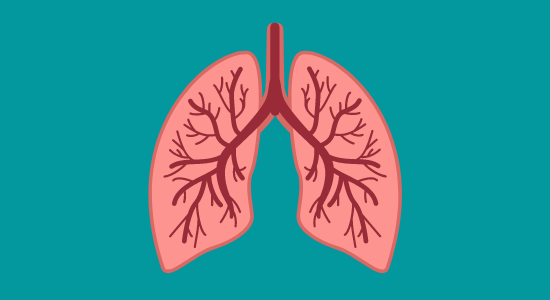After attending my second freediving course and learning about lung volumes, my understanding of residual volume was as follows:
“Residual volume is the minimum size of the lungs. From the depth of the residual volume, the air in the lungs stops reducing in volume and it is then the blood shift that comes to protect the lungs.”
There are many errors and approximations in this description, consequences of shortcuts taken at face value. If these errors are not obvious to you, I suggest you read the following article.
A “medical” concept first
First of all, it is necessary to specify that the notions of lung volumes (FRC, RV, TLC…) are prior to apnea which of course borrowed them from medicine. They, therefore, represent medical terms corresponding to “normal” pressure and ventilation conditions.
In this context, the medical definition of residual volume is: “the amount of air remaining in the lungs after a forced expiration”.
The muscles that are mobilized in a forced expiration are the abdominal muscles which when contracted push the diaphragm and compress the lungs (producing expiration).
Thus the limit of a forced expiration is notably given by the limit of an abdominal contraction. However, this does not mean that the diaphragm cannot be pushed further and still compress the lungs. It just means that it cannot be pushed further by the action of the abdominal muscles.
Residual volume in freediving
In apnea, we want to avoid unnecessary tension and contraction. The good news is that the external pressure of the water increases constantly during the descent and pushes the diaphragm instead of our abdominal muscles which can (and must !) remain relaxed. Under the effect of the hydrostatic pressure, the diaphragm can therefore be pushed BEYOND its position that corresponds to the residual volume from a medical point of view.
Thus, the purely “medical” definition of residual volume does not really make sense during deep immersion and the only situation in which this concept can be really useful is in the context of those who choose to load/reload their mouthfill by abdominal contraction.
“Freediving Residual volume”
However, many of us have “experienced” the residual volume in terms of Frenzel equalization: personally, I remember that a few weeks after I started freediving, at 27m depth I had no more air in my mouth to equalize and I had to turn around. Compared to my apnea courses, this corresponded well to my “medical” (or theoretical) residual volume. But for some people, this phenomenon occurs as early as 10m while for others, they can continue to Frenzel normally beyond 40m.
The reason for this difference (all things being equal) is the abdominal tension that “holds back” the diaphragm. To realize this, you can perform the following maneuver on dry:
Contract your abdominal muscles (as if you were expecting someone to punch you in the stomach) and perform a series of Frenzel equalization while letting a little air escape through one nostril at each equalization (you should ear a little “pshiit” at each equalization). You will notice quite quickly that there is no more air available in your mouth to equalize. Release the abdominal tension and resume the equalization (still letting air escape): finally, there was air available!
Of course, in the water, abdominal tensions are rarely that big, but they can still significantly affect the passive mobility of your diaphragm and therefore affect what we can call our “freediving residual volume”. Our “freediving residual volume” can be way deeper or way shallower than our medical residual volume: it mostly depends on our freediving adaptation and the quality of our training.
And once the diaphragm can no longer rise then?
Through advanced equalization techniques, it is still possible to dive beyond the “freediving residual volume” (maximum passive mobility point of the diaphragm). Nevertheless, the air in our lungs does not stop shrinking. However, it is the way the air is compressed that will change. This is where the blood shift comes into play (even if it can start earlier) : by inflating the capillaries with blood, the air in the lungs will continue to be compressed and thus decrease in volume. This will have the effect of maintaining the pressure balance between the surrounding water and the air in the lungs and keeping us safe.
In summary
The residual volume as defined medically does not correspond to the minimum air volume of our lungs during apnea. In a trained freediver, the passive mobility of the diaphragm will continue to compress the air as the external pressure increases. Even after the point of maximum diaphragm mobility, our “freediving residual volume”, the volume of air in the lungs will continue to decrease due to blood shift.
What use ?
A better theoretical understanding of freediving can always help us in our training. In my case understanding better this concept gave me the confidence to adopt a non-traditional equalization strategy that includes mouthfill refills deeper than my “medical residual volume” but still shallower than my “freediving residual volume”. However, before you start to play with it make sure you also include some pressure adaptation sessions in your training and that you only do what feels right and comfortable for you so you do not jeopardize your safety.
For those that might need some extra clarifications, there has been some interesting discussions around this article in the “Freediving science” facebook group :
https://www.facebook.com/groups/freedivingscience/permalink/2135721613270215/
To go further
The understanding of residual volume will also help you understand better Frenzel equalization and why it stops working at 10m for some while other people casually use it to 40m : more in this article

